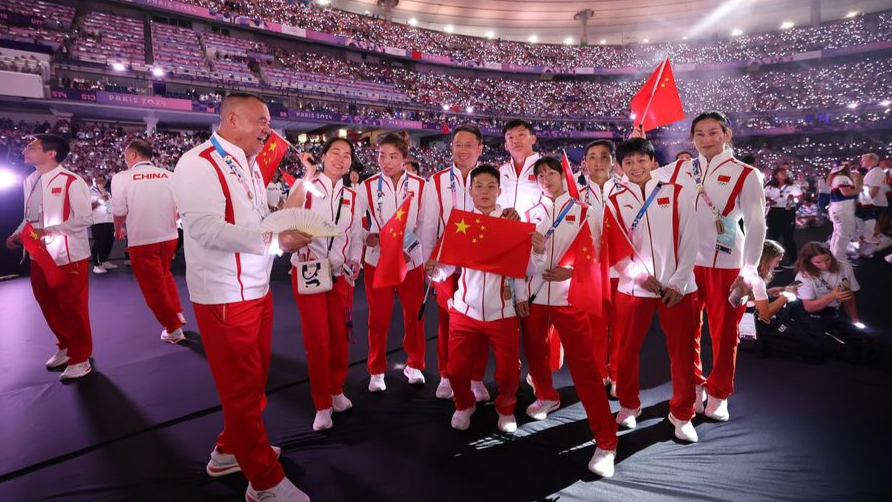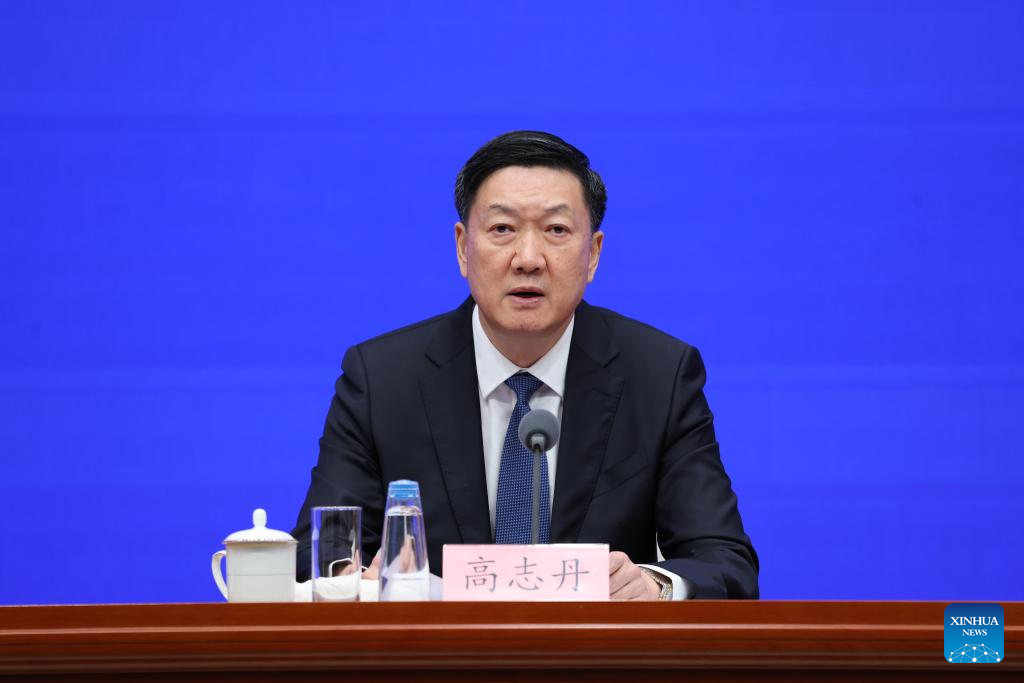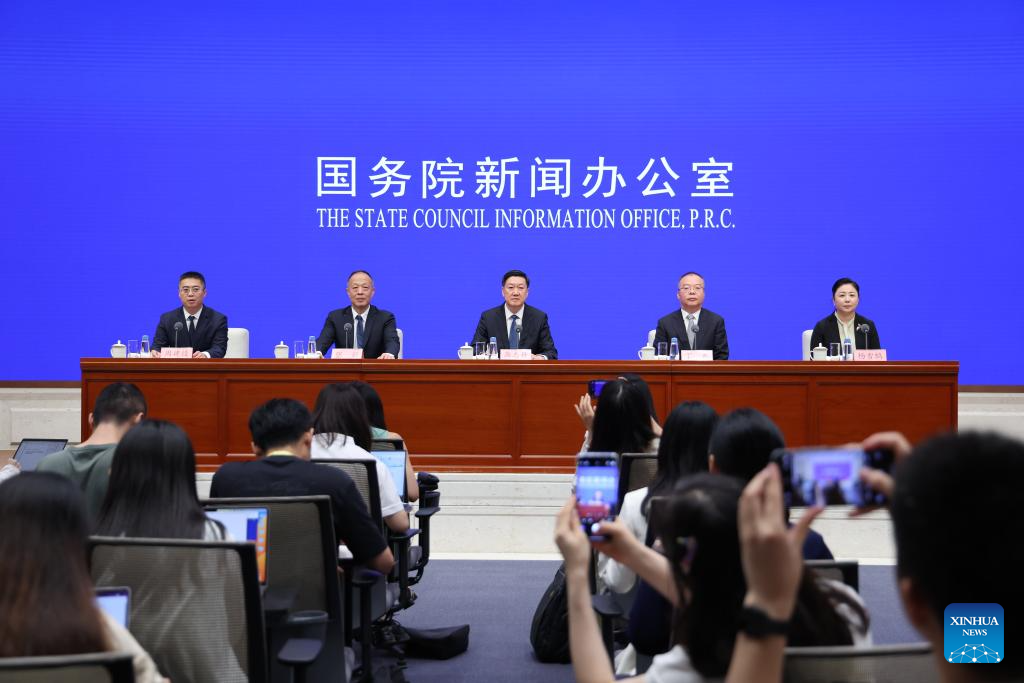
China, an already established medal contender at Olympic Games, is striving to extend its athletic prowess from the elite to the grassroots levels by further nurturing sports and mass fitness to build a more balanced sporting industry.
Despite the Chinese delegations' medal-laden campaigns at recent international events and the successful hosting of sporting extravaganzas at home, China's ambition of developing into an all-around powerhouse in the global sports scene, a national target outlined in the 14th Five-Year Plan (2021-25), remains a work in progress that needs concerted efforts from various sectors, the country's top sports governing body said on Tuesday.
According to the General Administration of Sport of China, improved facilitation of the country's mass fitness program, stimulating consumption in sports-related business — including retail, tourism and accommodation — and continued efforts to combat corruption are among the key tasks on the agenda for the next five-year development period.

"We still have a lot of catching up to do, and we need to stay coolheaded," Gao Zhidan, minister of the GASC, said during a State Council Information Office news conference on Tuesday. "Despite the many things we've achieved, we are facing long-running issues hampering the development of the sports sector."
Chinese athletes continue to shine on the global sports stage. Their achievements, from 2021 to 2024, included 519 world championships titles and the setting of 68 world records across major international events such as the Beijing 2022 Winter Olympics, the Hangzhou 2023 Asian Games and the Paris 2024 Summer Olympics, according to Gao.
ALSO READ: China witnesses 313 million people engaging in winter sports after Beijing 2022
However, the ongoing decline of the men's national soccer team — underscored by its failed attempt earlier this year to qualify for the 2026 FIFA World Cup and corruption scandals involving former top governing body officials and the national team coach — has become a pressing issue, taking a heavy toll on the sporting powerhouse agenda.
The development system, especially for China's three team ball sports (soccer, basketball and volleyball), needs an overhaul, with an emphasis on transparent management and a focus on youth promotion at the core, Gao added.
To get more people involved in a more active and healthier lifestyle, Gao has also pledged increased efforts to work with all relevant departments to improve and expand the mass fitness campaign to make exercising facilities, training guidance and fitness services more accessible and affordable at the grassroots level.
Since the beginning of 2021, the central government has granted subsidies of 5.65 billion yuan ($787 million) to owners and operators of public sports venues around the country to ensure they either provide free access to the public or offer low rental fees, according to the GASC's sport for all department.
ALSO READ: Grassroots sports events promoting nation's fitness goals

The coverage area of the country's sporting fields, including indoor and outdoor venues of public and commercial properties, measured 4.23 billion square meters by the end of 2024, an increase of about 1.13 billion sq m from the end of the 13th Five-Year Plan (2016-20) period.
"The next task for us is to walk closer with urban planning authorities, local governments and property developers to maximize the potential to build more accessible sports facilities for the public at city parks, under highway bridges and abandoned factories," said Ding Dong, director of the GASC's sport for all department.
The development of sports-related businesses — including leisure and outdoor sports consumption, sports tourism, and sports equipment manufacturing-will be promoted and encouraged over the next five years. As one of the sports governing body's priorities, this sector is expected to drive the country's overall economic growth, added Yang Xuedong, director of the GASC's sports economy department.
With its average game attendance exceeding 60,000 people, the 13-team 2025 Jiangsu Football City League, also known as Suchao, has emerged as the most commercially successful amateur tournament in China. Since the season's kickoff in May, strong fan turnout has generated 38 billion yuan in total consumption across ticket sales, team merchandise, catering, tourism, and related services in host cities, according to Yang.
READ MORE: Sponsors line up for entry into booming 'Suchao' soccer league in China's Jiangsu
"The popularity of such grassroots events has proved the huge growth potential of sports consumption in our country entering the new five-year period," Yang said.


